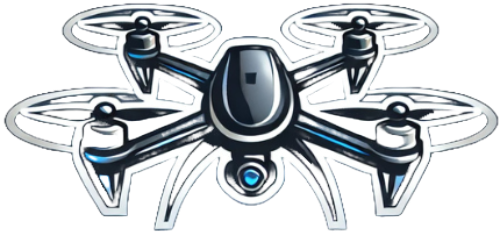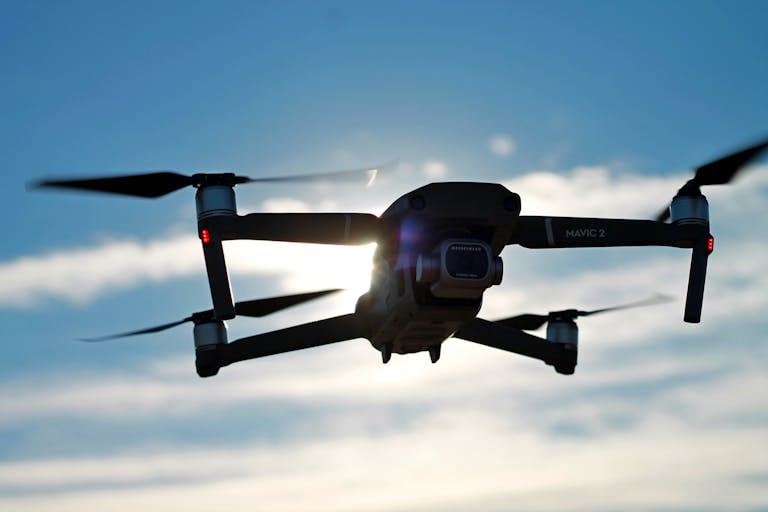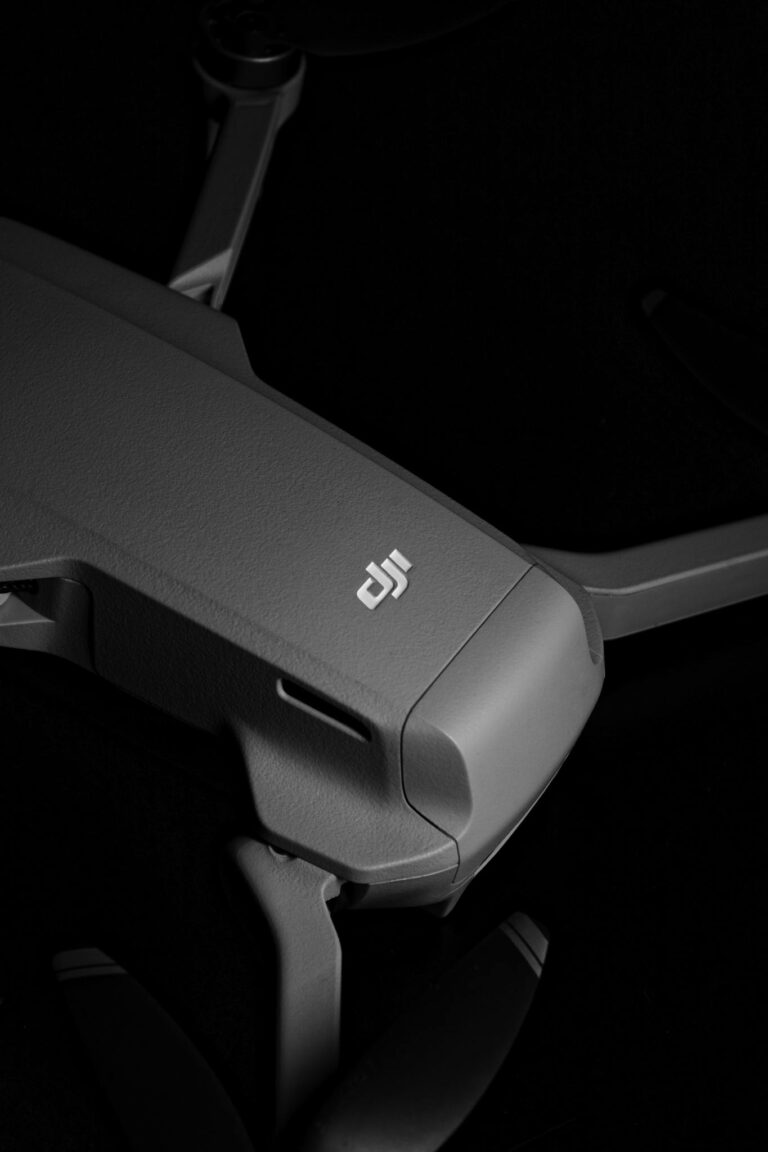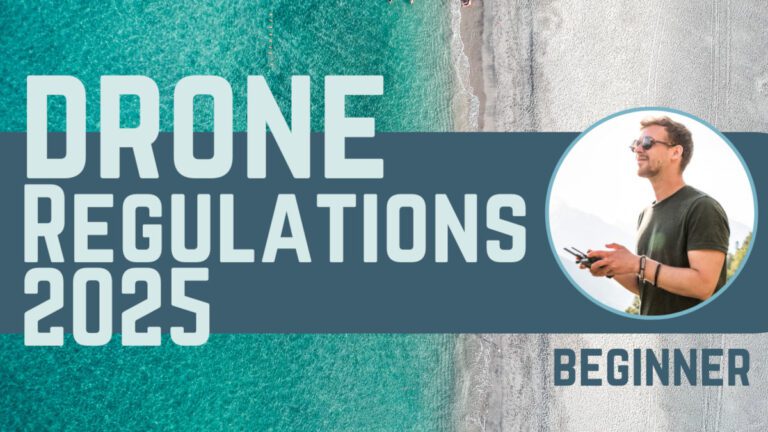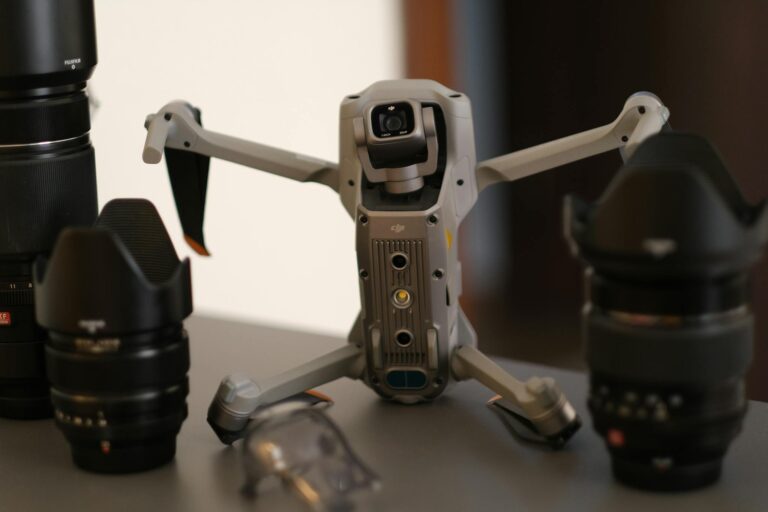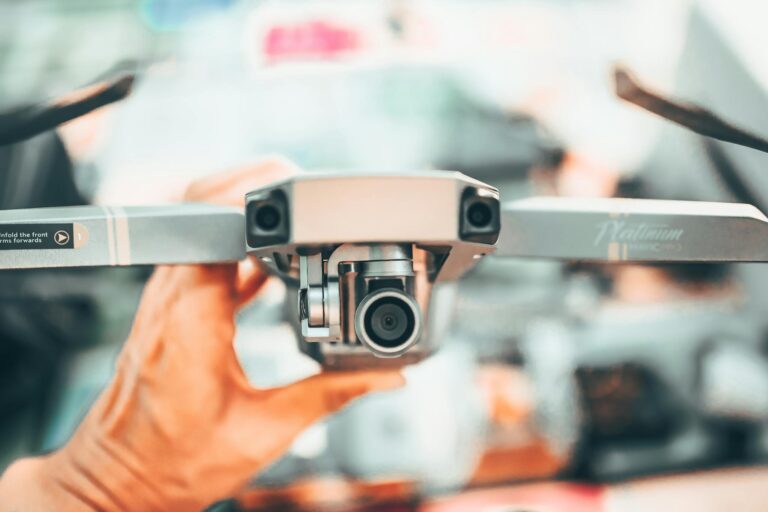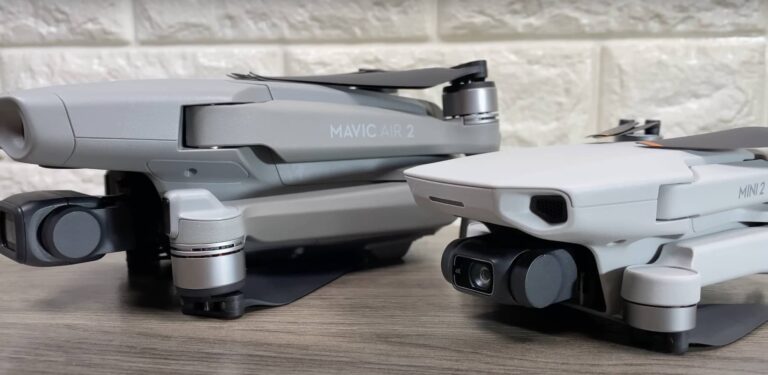Looking for the best beginner drones in 2025? Here’s the short version:
- DJI Mini 4K – Compact and powerful, perfect for travel.
- Ryze Tello – Budget-friendly and great for kids or first-time pilots.
- DJI Neo – Stylish and loaded with smart features for new users.
- BetaFPV Cetus X – Best for FPV beginners who want immersive flying.
- Potensic Atom – Affordable with impressive 4K capabilities.
- Autel EVO Nano+ – Premium compact drone with advanced safety features.
- DJI Mini 3 – Long battery life and exceptional video quality.
My Journey Into the World of Drones
When I started exploring drones, I felt overwhelmed by the sheer number of options. Finding the best beginner drones in 2025 became my mission. I had no idea where to begin or which features truly mattered. After a lot of trial and error (and a few crashes), I finally found the drones that made learning enjoyable without burning a hole in my wallet.
Below, I’ve shared not only the best beginner drones for 2025 but also personal insights based on my experiences with some of these models. To help you get started, here’s a quick comparison table summarizing the key features of each drone. This will give you a clear idea of which one might be the best fit for your needs.
| Drone | Weight | Camera | Flight Time | Range | Price | Best For |
|---|
| DJI Mini 4K | 246g | 4K video, 12MP stills | Up to 31 mins | Up to 10km | ~$449 | Travelers and hobbyists |
| Ryze Tello | 80g | 720p video, 5MP stills | Up to 13 mins | Up to 100m | ~$99 | Kids and beginners on a budget |
| DJI Neo | 249g | 2.7K video, 12MP stills | Up to 32 mins | Up to 6km | ~$499 | Stylish beginners seeking smart features |
| BetaFPV Cetus X | 150g | FPV-ready | Up to 7 mins | Up to 300m | ~$249 | FPV enthusiasts starting out |
| Potensic Atom | 249g | 4K video, 12MP stills | Up to 30 mins | Up to 4km | ~$299 | Budget-conscious beginners |
| Autel EVO Nano+ | 249g | 4K HDR video, 50MP stills | Up to 28 mins | Up to 10km | ~$799 | Creatives seeking pro-level visuals |
| DJI Mini 3 | 248g | 4K HDR video, 12MP stills | Up to 38 mins | Up to 12km | ~$559 | Beginners wanting long flight times |
Top 7 Best Beginner Drones in 2025: My Personal Experience
DJI Mini 4K – My Travel Companion
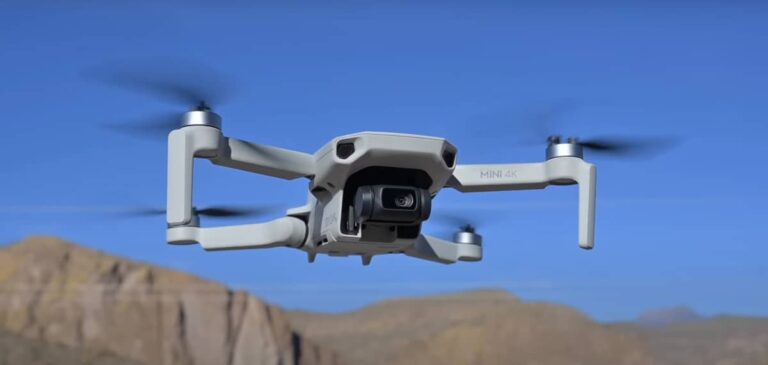
The DJI Mini 4K was my first drone that felt like a “real” camera in the sky. Lightweight and compact, I could toss it in my backpack for weekend hikes. The 4K camera amazed me with its clarity, even during my first shaky flights.
What I Loved: The beginner-friendly app tutorials walked me through everything step-by-step. It also had a “Return to Home” feature that saved me a few times when I lost sight of it.
What I Learned: Avoid flying in windy conditions. The drone is light, and on one occasion, I struggled to bring it back when gusts picked up.
Learn more about its features on the official DJI website.
Ryze Tello – My First Drone Crash (And Why It Wasn’t a Big Deal)

The Ryze Tello was my very first drone, and it holds a special place in my heart. I flew it indoors and outdoors, testing its simple controls and learning the ropes. My kids loved it too, as they could control it with their smartphones.
What I Loved: It’s nearly indestructible! I accidentally flew it into a wall during my second flight, and it bounced off without a scratch. It’s also a great way to introduce kids to programming through Scratch.
What I Learned: It’s perfect for beginners but not ideal for outdoor use if there’s any wind.
DJI Neo – For Those Who Want Style and Smarts
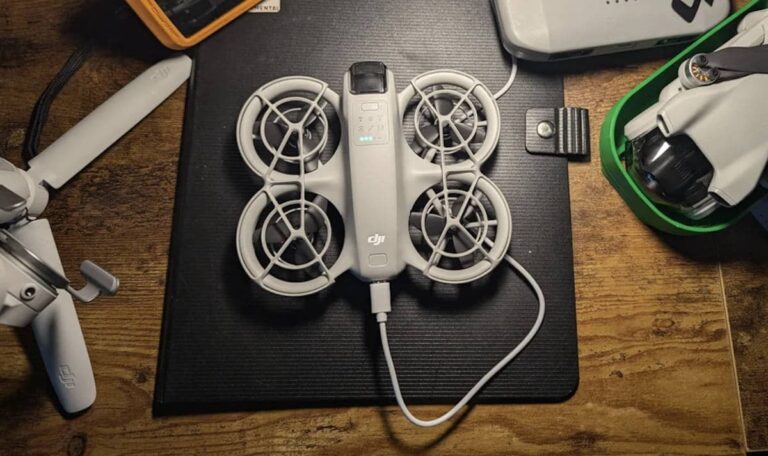
When I tried the DJI Neo, I was impressed by its sleek design and intuitive AI features. The automated QuickShots, like Dronie and Circle, made me feel like a professional cinematographer—even though I was still figuring out the basics.
What I Loved: The AI Gesture Control was a game-changer. I could capture selfies without touching the remote.
What I Learned: Practice makes perfect when using smart flight modes. They’re amazing but require some trial runs.
BetaFPV Cetus X – My Dive into FPV Flying
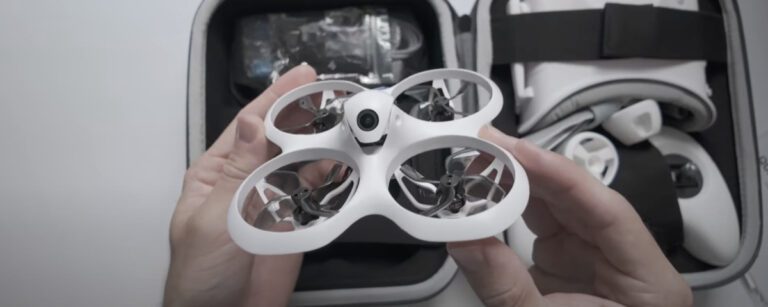
The BetaFPV Cetus X was my gateway into FPV (First Person View) flying. I’ll admit, this drone came with a learning curve. I loved the thrill of navigating through obstacles while wearing FPV goggles, but I crashed A LOT during the first week.
What I Loved: The goggles brought a whole new level of immersion. It felt like I was inside the drone, flying alongside birds.
What I Learned: Start with a simulator before going full FPV. It’s not as forgiving as GPS drones.
Potensic Atom – Budget-Friendly and Surprisingly Capable
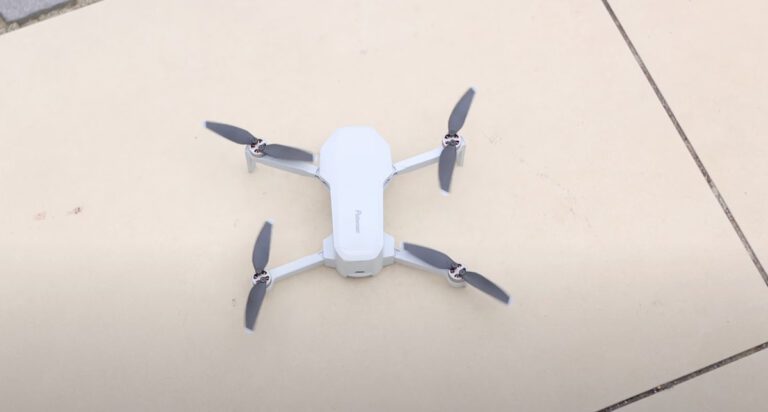
The Potensic Atom was a pleasant surprise. Despite being budget-friendly, it offered stable flights and decent 4K video. I took it on a family trip to the countryside and managed to capture some great shots of rolling hills and sunsets.
What I Loved: Its portability and ease of use. Even my partner, who has no drone experience, could fly it without any issues.
What I Learned: The range isn’t as long as premium models, so keep it within eyesight.
Autel EVO Nano+ – My Go-To for Stunning HDR Shots
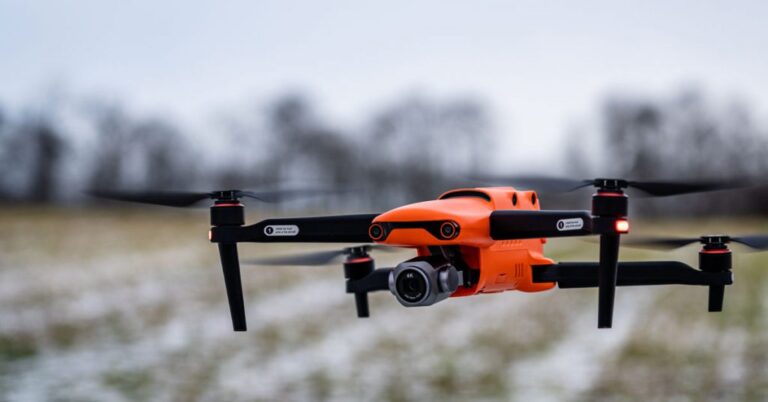
The Autel EVO Nano+ was my introduction to HDR video. I tested it during a camping trip in the mountains, and the vibrant colors it captured were breathtaking. The obstacle avoidance feature gave me peace of mind while flying through trees.
What I Loved: The camera quality is second to none for a compact drone. It’s like having a pro-level camera in your backpack.
What I Learned: It’s a bit pricier, so I recommend it for those ready to invest in a long-term hobby.
DJI Mini 3 – The Best Battery Life I’ve Ever Used
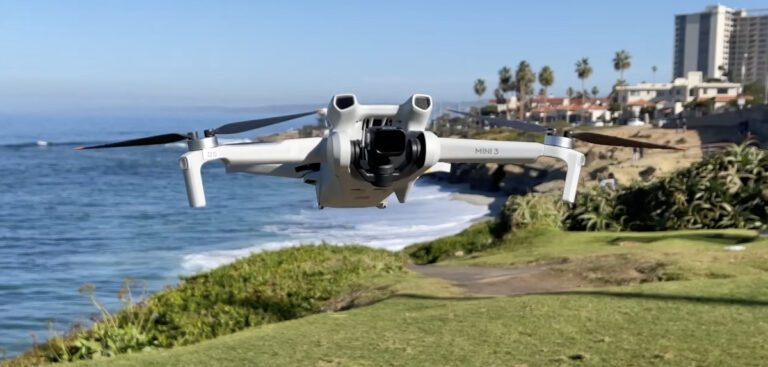
The DJI Mini 3 became my favorite for extended flights. With nearly 40 minutes of battery life, I could take my time capturing the perfect shot. I used it during a beach outing, and the vertical video mode was a fun feature for creating Instagram reels.
What I Loved: The extended flight time allowed me to experiment without constantly worrying about the battery.
What I Learned: If you’re shooting vertical videos, be mindful of framing to avoid cutting off important parts of the scene.
Learn more about DJI Mini 3 on their official website.
Final Thoughts: What I Wish I Knew Starting Out
Looking back, I wish someone had told me these three things:
- Invest in Extra Batteries: You’ll never regret having more flight time.
- Start in Open Areas: Crashing is inevitable, but wide-open spaces reduce the risk of major damage.
- Embrace the Learning Curve: Flying drones is as much about practice as it is about technology.
Conclusion
Choosing the right beginner drone can make all the difference in your flying experience. Whether you’re looking for affordability, high-quality visuals, or an FPV adventure, there’s a drone on this list for you.
Ready to take the leap? Explore more tips and reviews on DroneTechHQ.com.
